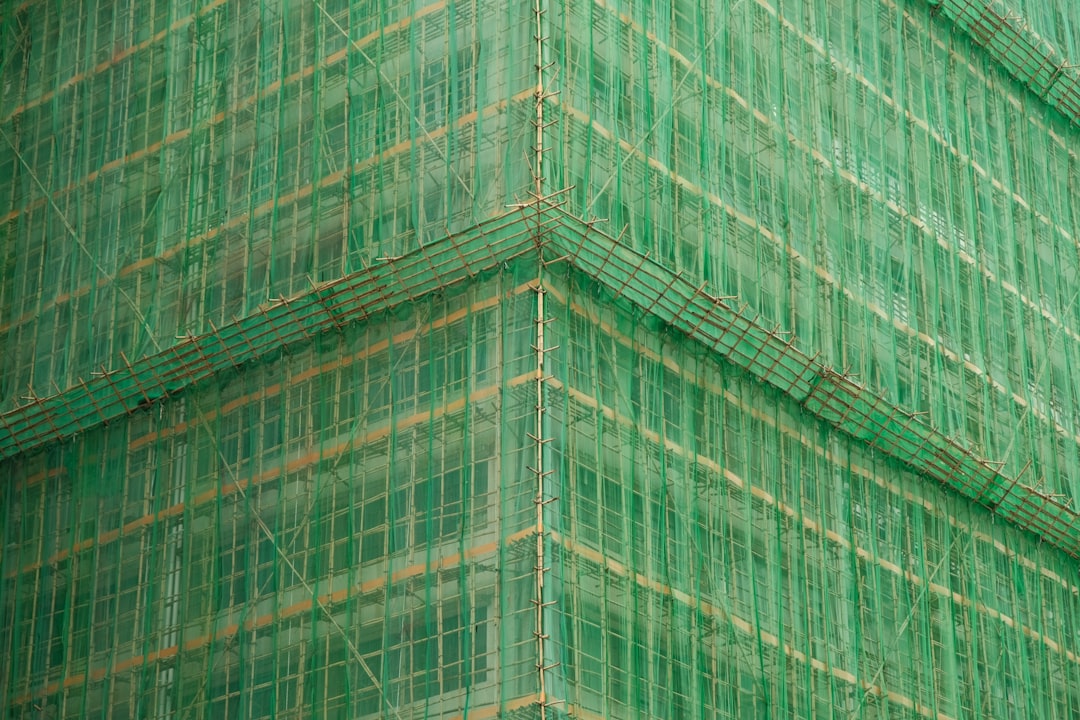
Every square foot of drywall insulation you install influences comfort, energy performance, code compliance, and—most important to builders—profit. Yet many residential crews still rely on manual take-offs, hand-written notes, and generic allowances. CountBricks changes that. Our real-time voice estimating platform converts site conversations into precise assemblies that tie materials, labor, and mark-ups together in seconds. The result is tighter bids and smoother builds.
• Up to 40 % of a home’s heat loss can be stopped with properly specified batt or blown-in insulation behind drywall.
• Accurate R-values cut callbacks linked to drafts and cold spots.
• Multi-family and custom home clients increasingly request STC 50+ assemblies.
• The right combination of resilient channel, rock wool, and double-layer drywall is easier to price when assemblies are stored in CountBricks.com/services.
• Type X boards and fire-caulked penetrations must be documented for inspections.
• CountBricks automatically inserts task notes into your schedule so crews never miss a pass-through or sealant.
Pitfall 1: Generic Square-Foot Pricing
Builders often throw a single number at drywall insulation, ignoring ceiling heights, corners, waste factors, and vapor barrier extras. CountBricks breaks each surface into lineal feet, openings, and fasteners pulled directly from voice measurements or blueprint uploads.
Pitfall 2: Missed Ancillary Materials
• Corner bead, access panels, and acoustical sealant can add 8–12 % to material spend.
• When you say “five inside corners and two arches,” our AI attaches the correct SKUs and live supplier pricing.
Pitfall 3: Labor Creep
Hidden framing irregularities or high ceilings slow down hang-and-finish cycles. By tagging ceiling height during your walk-through, CountBricks adjusts labor hours before you commit to a fixed-price contract.
1. Open the mobile app and start a voice session. Say, “Create new drywall insulation assembly.”
2. Dictate room dimensions, ceiling type, and desired R-value. The AI converts speech to geometry and thermal requirements.
3. Select stock or custom assemblies saved under CountBricks.com/portfolio, or let the AI suggest one based on regional codes.
4. Confirm supplier catalog and mark-up. Live pricing streams into the estimate.
5. Export a branded PDF quote or sync tasks to your calendar—all without ever lifting a pencil.
• Traditional estimation approach: ±10 % waste factor, $1.10 / sq ft estimated cost.
• CountBricks approach: 4 % waste, $1.02 / sq ft real cost thanks to optimized board cuts and accurate fastener counts.
On a typical build, that eight-cent difference equals $1,920 in saved materials—enough to absorb a weather delay or upgrade finishes elsewhere.
• Stage batt insulation per room by layering bundles on rolling carts; CountBricks task sheets list required R-value and color-code each stack.
• Pre-label board stacks with room names pulled from the AI estimate to reduce handling time.
• Use CountBricks QR codes on each bundle so the installer can scan and auto-confirm completion in the daily log.
Already have a PDF plan set? Upload it to CountBricks AI take-off. The system detects wall types, ceiling planes, and thermal zones. You can then merge voice-captured field notes—like cathedral ceiling angles—into a single cohesive assembly. Visit CountBricks.com/services to see a sample walkthrough.
CountBricks averages ±1.5 % variance on full-house drywall insulation packages, verified across 50+ recent residential builds stored in our internal database.
Absolutely. Enter your crew’s productivity benchmarks once, save them to your profile, and every future drywall insulation estimate will autofill those rates.
The platform pings multiple distributors daily. If gypsum board jumps overnight, the system flags affected estimates so you can revise quotes proactively.
Residential builders who embrace data-driven drywall insulation estimation routinely win more bids at better margins. Sign in to CountBricks or request a demo at CountBricks.com/consultation and see how minutes of voice input translate into hours of savings on site.

A regional developer approached CountBricks to tighten their drywall insulation numbers on a 1,900 sq ft three-bed spec home. Historically, they allocated a flat $2,600 for insulation and drywall labor, padding the figure to protect margins. Our team suggested a live voice walk-through combined with an AI plan take-off.
1. The superintendent spent 12 minutes walking the framed shell, calling out room names and ceiling heights.
2. CountBricks AI mapped 5/8 inch Type X board in the garage and master suite firewall, R-15 blown-in for exterior walls, and R-38 batts over cathedral ceilings.
3. Ancillary materials—including resilient channel for a media room—were auto-added, something the crew previously missed.
• Estimated cost dropped to $2,248, shaving $352 off the budget while still meeting code.
• Labor hours were reduced by 6 %, achieved by sequencing ceiling insulation before mechanical rough-in—recommendations generated by CountBricks scheduling logic.
• The developer applied savings toward upgraded trim, helping the home sell faster in a competitive market.
Multiply that $352 per house across a 25-lot subdivision and you protect nearly $9,000 in net profit—without cutting corners or nickel-and-diming your trade partners.
Ready to refine your drywall insulation workflow? Visit CountBricks.com/consultation to book a personalized demo or create a free test estimate in under five minutes. Whether you build three customs a year or manage dozens of specs, CountBricks keeps your bids sharp and your schedules tighter.